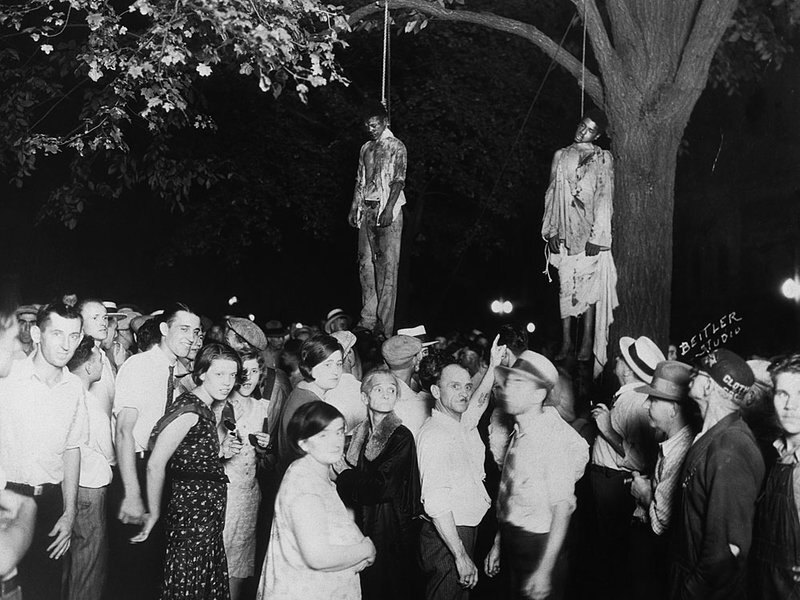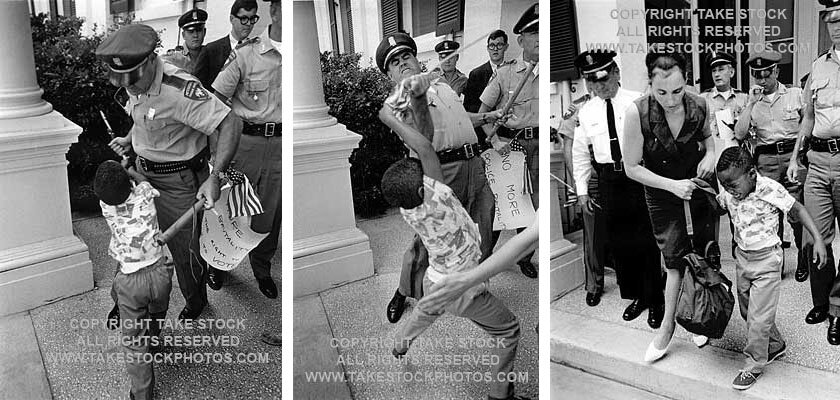Week 8: Responses & Responsibilities
There are some very powerful and thought provoking posts on this weeks subject matter, so trying to come up with something original had not been easy. Clearly we were all heavily affected by imagery in the forums, and the more shocking it is, or de-censored, the more it lives with us. I guess we tend to think of photographs in this genre as a quite recent phenomenon in that social media has given us access to global events at the touch of our phone, including imagery that has not been censored with shocking connotations. But obviously it goes back much further.
I was watched a documentary on Billie Holiday during this week and was struck by the image on her ‘Strange Fruit’ record from the 50’s. During a time of tremendous racial unrest in the US it was an incredibly risqué move to promote a civil rights record with a powerful image. But of course this was an image based upon some horrific photographs taken back in the 30’s, and I was left wondering how censored those pictures would have been at the time.
Fig. 1: (left) Beitler (1930)
Fig. 2: (right) Holiday record cover (1954)
Were this shot by Lawrence Beitler to be taken today, it would undoubtably have shocking repercussions and possibly face heavy censorship. The fact it was taken nearly 100 years ago and still has such a resounding impact shows the power of the image. It clearly influenced Holiday and the song is still be considered controversial today (and being sampled by the likes of Kanye West).
I was also intrigued by the use of the American Flag in photos we saw, specifically those in times of war or terrorist attacks. We have seen prime examples from the post 9/11 reportage and of course Rosenthal’s epic and iconic ‘The Fighting at Iwo Jima’. Both symbolic in showing the patriotism Americans hold in times of conflict and fear. But also the flag can be seen in circumstances where peace and justice are being sought, outside of the theatre of war.
Fig. 3: Karales (1965)
Photographers like Gordon Parks, Maria Varela and Matt Herron were integral to bringing the civil rights movement to the public through photography. Their work wasn’t always shocking, but the message in their photos was very clear for all to see. Although these aren't arresting visually, in that they don't depict death or mass destruction, their impact in a political context to me is just as powerful.
Fig. 4: Pettus (1965)
You would have hoped that images like this had the power to evoke change, and indeed there are many more graphic examples of civil unrest which could be used to demonstrate racism. But sadly however powerful the photograph, its ability to inform change can still be diluted as we become desensitised to scenes. This does not mean however that we will forget those said images. Wars and racism will still continue, no matter how many images depicting their horrific motives we see. For some it will change attitudes, for others they will just be reminders of the way the world is.
Fi. 5: Herron (1965)
BIBLIOGRAPHY:
Figure 1: Lawrence Beitler (1930), American Lynchings in Marion Ind.
Figure 3: James Karales (1965), From Selma to Montgomery.
Figure 4: Peter Pettus (1965), From Selma to Montgomery.
Figure 5: Matt Heron (1965), Jackson, Mississippi.
All references and images taken from:
https://www.npr.org/templates/story/story.php?storyId=129025516&t=1615812744308




